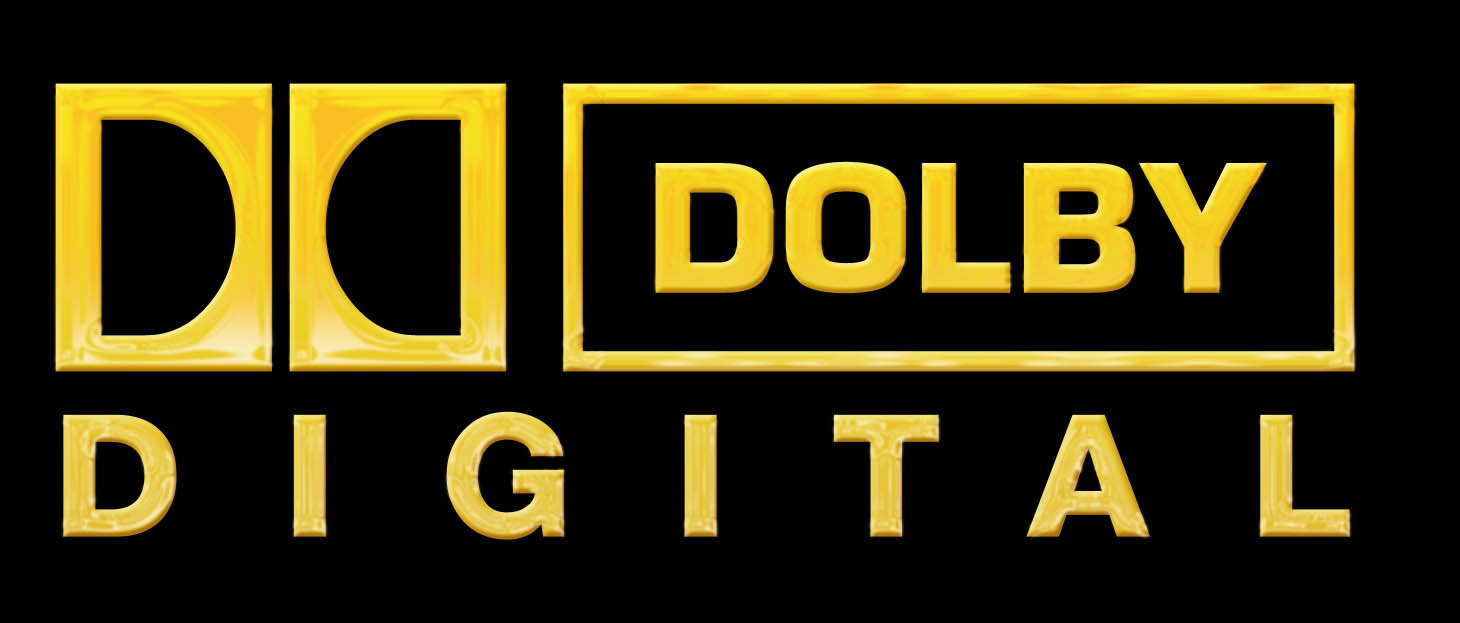 BT is the first conferencing service provider poised to roll out audio conferencing services based on Dolby voice technology. Slated to appear in Q3 2013, this service promises to offer a super audio conferencing experience by providing spatial audio capabilities that allow conference attendees to hear and interact with one another in much the same way as if they were present in the same conference room.
BT is the first conferencing service provider poised to roll out audio conferencing services based on Dolby voice technology. Slated to appear in Q3 2013, this service promises to offer a super audio conferencing experience by providing spatial audio capabilities that allow conference attendees to hear and interact with one another in much the same way as if they were present in the same conference room.
Traditional audio bridges “mix” the audio of the participants together and then send it out to everyone. The problem this creates is that the verbal cues we use to break into a conversation and regulate its flow are mixed out causing people to talk over one another.
Dolby’s spatial audio keeps the individual voices separated so that people can hear these cues just as they would if they were in the same conference room – individual voices can be heard, even if people happen to begin speaking at the same time. In addition, Dolby signal processing provides noise suppression and echo cancellation that can significantly improve the quality of an audio conference.
The key to success, however, will be whether people will change their behavior enough to wear stereo headsets. The BT/Dolby audio solution requires participants to have stereo speakers or wear a stereo headset.
BT claims that nearly all of the companies it has spoken to about this offering are quite gung ho about it, especially after they hear it. The BT pitch is that not only does it make meetings more productive, but it may save companies money to boot. The reason is that BT/Dolby audio is available only over IP, not PSTN connections. Traditional audio conferences have two cost components: 1) the cost of the PSTN access (toll free or long distance charges), and 2) the cost of the actual audio bridging service. A company using BT/Dolby audio conferencing has much lower access costs because that company’s users and external participants join a conference using an IP network, which is less expensive than joining using the PSTN. This lower access cost will offset the slightly higher bridging cost BT will charge for the enhanced audio capability.
I initially experienced the difference between regular audio conferencing and Dolby audio conferencing firsthand about two years ago and again last year at Enterprise Connect 2012. Since then, Dolby has made great strides by tweaking its audio algorithms to get even better performance and by creating a tabletop conferencing phone/speaker phone that looks sort of like a black flying saucer. This disk shaped device has numerous mics and speakers, and provides those actually sitting at the conference table the spatial audio listening experience.
Those joining a conference using a PC, smartphone or a tablet client will be required to wear a stereo headset if they wish to have the spatial audio capability. Anyone using a single ear headset or Bluetooth device or that has a single desktop speaker will still have the benefit of the noise suppression and the echo cancelation, but the spatial audio will not work through a single speaker.
Dolby claims that its research shows that people who have experienced the spatial audio conferencing have indicated, through post-listening surveys, that they would indeed be willing to wear a headset with speakers over each ear on order to have the high quality audio experience. For BT’s and Dolby’s sake, I hope they are right, but I believe it will be very difficult to get mobile users who have laptops, tablets and smartphones to pack a dual speaker headset with them when a small Bluetooth device is so much more convenient.
Dolby said a few years ago that it prefers to license its technology rather than make devices itself. Well, this has clearly changed with a Dolby-branded audio conferencing phone. Perhaps the company could enhance its chances for success with its audio conferencing technology by considering making Dolby-branded Bluetooth (wireless) stereo headsets that have Dolby’s excellent sound fidelity with a small, but cool looking, form factor. Or perhaps Dolby could convince Jabra, Plantronics or Logitech to make such a headset for it.
Executive Network
Click Here, Learn More



